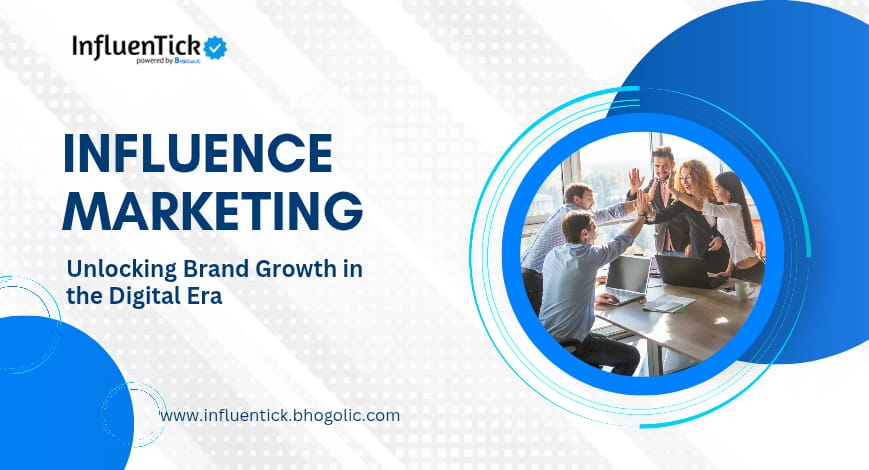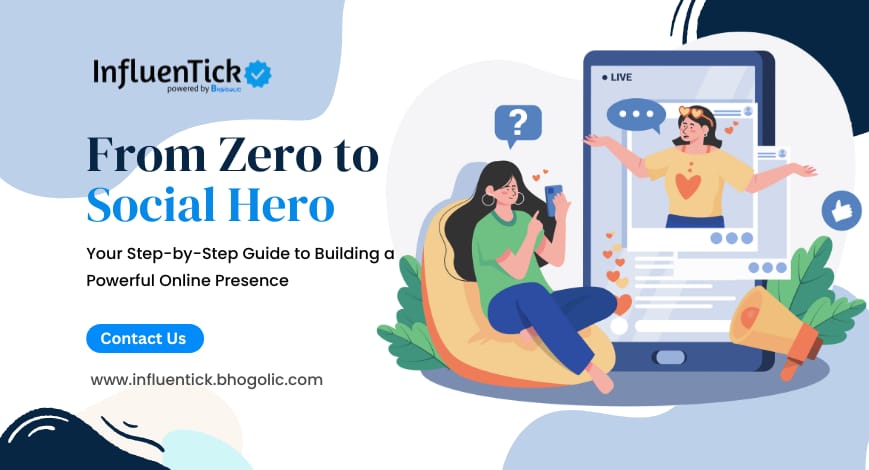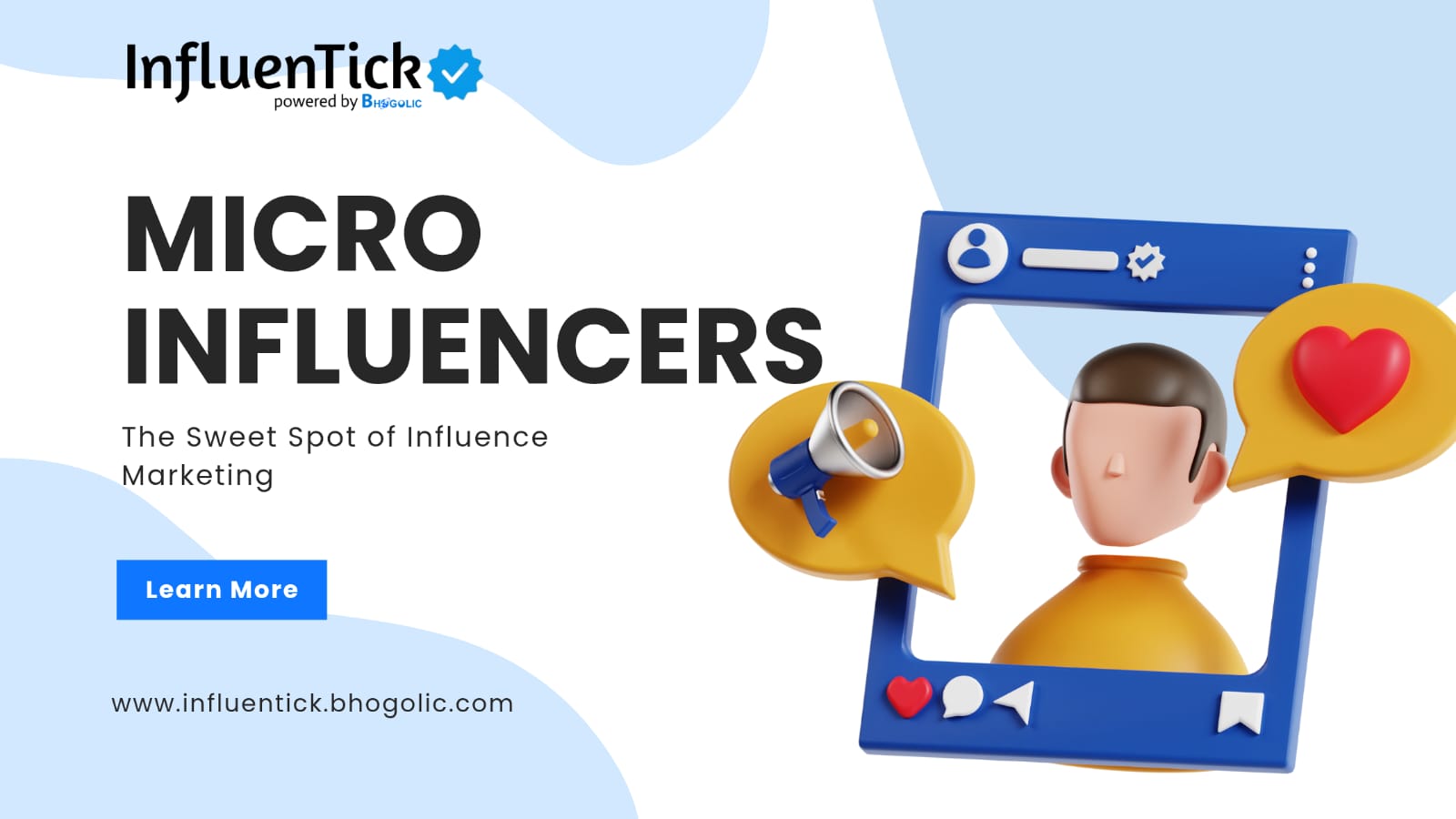
Influencer Marketing: Unlocking Brand Growth in the Digital Era
In today’s hyper-connected world, traditional advertising methods are steadily taking a backseat to a more personal, engaging, and effective strategy, influencer marketing. This dynamic approach harnesses the reach, authenticity, and engagement power of online personalities to promote brands, drive conversions, and build customer trust. As more businesses strive to stand out in crowded digital marketplaces, influence marketing is emerging as a crucial element in their strategy.
What is Influence Marketing?
Influence marketing is a form of social media marketing that uses endorsements and product mentions from individuals, known as influencers, who have a dedicated social following and are viewed as experts within their niche. Unlike celebrity endorsements, influencer marketing is rooted in the power of trust and relatability. These influencers can sway the purchasing decisions of their audience through genuine content, lifestyle alignment, and community engagement.
This marketing form has evolved from mere brand shout-outs to highly strategic campaigns involving detailed planning, audience analysis, and performance metrics. Its growing significance lies in its ability to generate authentic engagement and build long-term customer loyalty.
Why Influence Marketing Works
At its core, influence marketing taps into the psychology of trust. Consumers today are more likely to make a purchase based on the recommendation of a peer or someone they follow online than a traditional advertisement. This is due to:
- Social Proof: People mimic the behavior of others they admire.
- Relatability: Influencers seem more approachable and authentic than celebrities.
- Niche Authority: Influencers have domain-specific credibility that resonates with target demographics.
Influencers aren’t just promoting products; they’re weaving them into their personal stories and lifestyles, making their endorsements more convincing.
Types of Influencers
Different campaign goals require different types of influencers:
- Nano-Influencers (1K–10K followers): Extremely niche, high engagement rates.
- Micro-Influencers (10K–100K followers): Balanced reach and engagement, great for local and industry-specific campaigns.
- Macro-Influencers (100K–1M followers): Broader audience, higher visibility.
- Mega/Celebrity Influencers (1M+ followers): Massive reach, used for brand awareness on a grand scale.
Choosing the right type depends on the campaign's objective, whether it's brand awareness, lead generation, or direct conversions.
Key Platforms for Influence Marketing
Influencer campaigns thrive on platforms where visual content and short-form videos dominate:
- Instagram: Ideal for beauty, fashion, food, and lifestyle niches.
- YouTube: Excellent for tutorials, unboxings, and reviews.
- TikTok: High virality potential and youth appeal.
- LinkedIn: B2B influencer marketing for professional services and tech.
- X (Twitter): Great for tech, crypto, and thought leadership.
- Pinterest: Niche appeal for DIY, crafts, and decor brands.
Core Services Offered in Influence Marketing
Agencies like InfluenTick by Bhogolic provide comprehensive services that handle the end-to-end execution of influencer campaigns. These include:
Influencer Strategy Development
This involves crafting a strategy tailored to your brand’s goals, target audience, and budget. It includes campaign thematics, platform selection, and content pillars.
Influencer Identification & Research
Advanced tools and manual vetting are used to find influencers whose audience demographics and content style align perfectly with the brand’s values and objectives.
Influencer Outreach & Communication
Professional outreach involves drafting personalized proposals, negotiating collaboration terms, and maintaining consistent communication with influencers.
Campaign Planning & Execution
Each campaign is structured around timelines, content schedules, and performance benchmarks. Agencies coordinate deliverables to ensure a consistent and high-impact campaign rollout.
Content Creation & Collaboration
Influencers create engaging, authentic content that showcases the brand’s product or service in an organic way. Co-branded assets may be developed as well.
Hashtag & Trend Optimization
Utilizing trending hashtags and aligning with viral challenges or movements ensures better discoverability and reach.
Sponsored Post & Paid Collaborations
These include structured payment deals, brand deliverables, and contract terms ensuring that the influencer’s posts are in line with the brand's standards.
Contracts & Negotiation
Legal agreements ensure clarity and protection for both the influencer and the brand. This includes deliverables, timeline, content usage rights, and compensation.
Analytics & Reporting
Influence marketing success is measured through key metrics like engagement rate, reach, impressions, click-throughs, and ROI. Tools generate detailed reports for client analysis.
Influencer Relationship Management
Building long-term relationships with influencers helps brands maintain continuity and credibility across campaigns.
Whitelisting & Influencer Ads
Whitelisting allows brands to use influencer content as paid ads, increasing reach and enhancing content credibility through a hybrid promotion model.
The Role of Influencer Events and Giveaways
Live events, product launches, and digital meet-ups with influencers are powerful engagement tools. Giveaways and contests also boost visibility and user interaction. InfluenTick leverages such campaigns to generate buzz, virality, and direct customer acquisition.
Best Practices for Brands in Influence Marketing
To get the most from influence marketing:
- Be Transparent: Ensure clear disclosure of sponsored content.
- Stay Authentic: Don’t force influencers to promote inauthentic messaging.
- Track Performance: Use tools to evaluate ROI and optimize campaigns.
- Engage Continuously: Maintain ongoing influencer relationships for cumulative brand trust.
Challenges and Ethical Considerations
While influencer marketing is highly effective, it’s not without pitfalls:
- Fake Followers: Agencies must vet influencers carefully to avoid inflated metrics.
- Mismatched Collaborations: Aligning values is critical to maintaining brand reputation.
- Measuring ROI: Direct sales attribution can be difficult, requiring sophisticated tracking methods.
- Compliance: Brands must ensure influencers follow FTC and local guidelines regarding disclosure.
Conclusion
Influence marketing is not just a trend, it’s a paradigm shift in how brands connect with consumers. With the right strategy and execution, brands can unlock unparalleled engagement, loyalty, and growth. Agencies like InfluenTick provide the expertise and infrastructure needed to navigate this powerful digital landscape effectively. As the world becomes more socially driven, the brands that succeed will be those that master the art of authentic connection, one influencer at a time.






